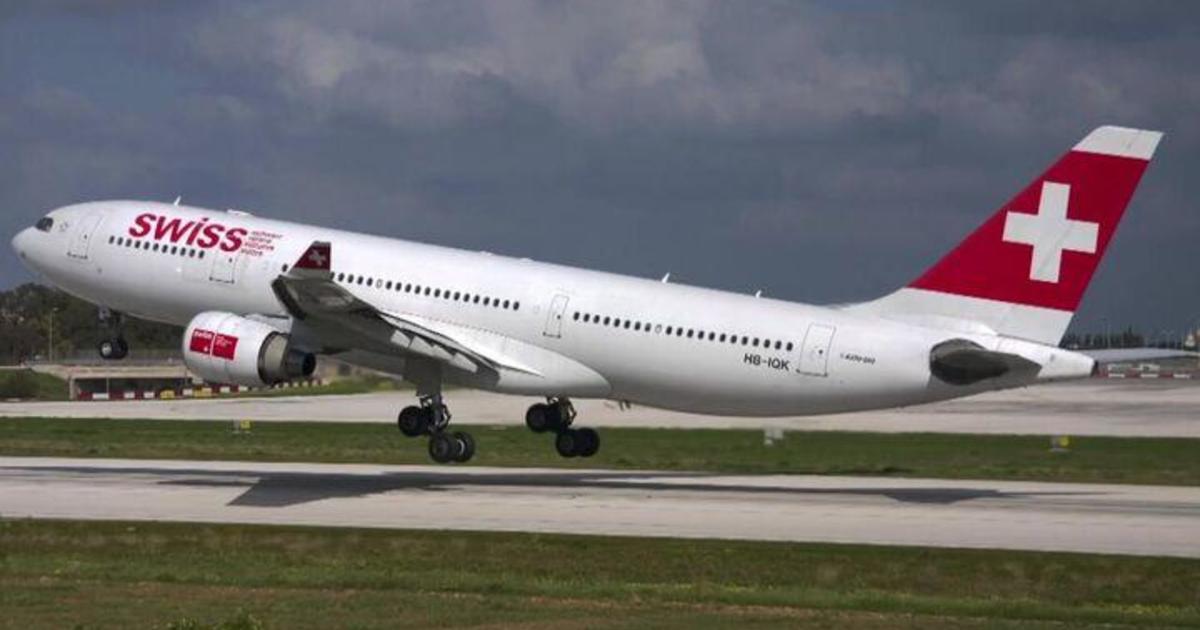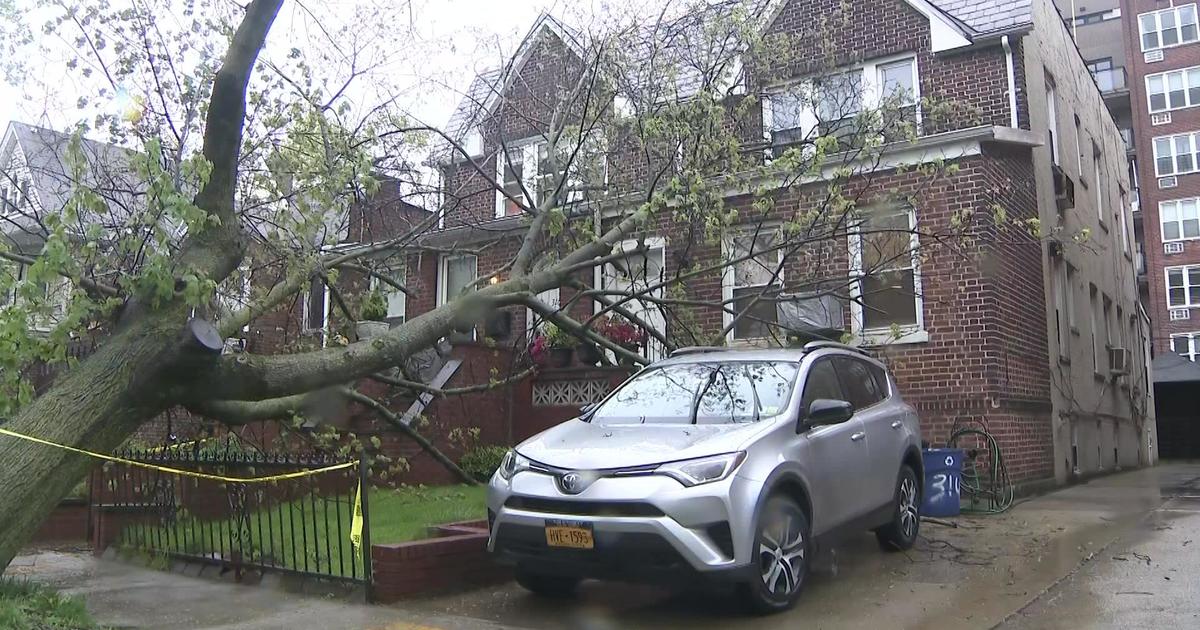Hurricane Preparedness Week: Taking a closer look at NOAA's hurricane hunting aircraft
NEW YORK -- We're less than a month away from the beginning of hurricane season, and some high-tech hurricane hunters were on display at John F. Kennedy International Airport on Thursday.
Jamie Rhome, deputy director of the National Hurricane Center, helped CBS2's John Elliott take a look.
"What we're doing here is bringing out our best tools for hurricane forecasting to help people realize that now is the time to start preparing," Rhome said.
There were four amazing, high-flying, life-saving tools on display at JFK. The P3 Orion and WC-130 fly directly into hurricanes.
"As a meteorologist, it doesn't get any better than this, to be honest. Flying into these storms and knowing how many people rely on it, and how it makes our weather models better," said Lt. Col. Jeremy Dehart of the USAF Reserves.
"Are you ever terrified flying into the eye of a hurricane?" Elliott asked.
"No sir. I've been doing it for 17 years, Cat 1 to Cat 5," said Sgt. Larry Banks III of the USAF Reserves.
"What's it feel like?" Elliott asked.
"I have to say, it's like 90 percent boredom, and 10 percent pure terror," Banks said.
As the plane flies through the hurricane, a multimodal radar gives them a 360-degree snapshot of the storm. The Doppler radar is in the back, and there's a gust probe, which measures maximum winds.
One plane on display has been in service since 1975, and the stickers on its tail tell the tale of its heroic hurricane past, with every storm it has observed, and every country it has covered on display.
There are two P3s in NOAA's fleet. One is called "Kermit" and the other is called "Miss Piggy." A G4 called "Gonzo" can analyze the outflow of a storm from 45,000 feet at speeds of 650 mph.
"How vital are these planes?" Elliott asked.
"We can't do it without them. Think about the data they get in the storm - the doppler radar, to the Dropsonde, all the equipment on board gives us the info we need to issue the watches and warnings," said National Hurricane Center Director Ken Graham.
A Beechcraft King Air 350 is flown in after the storm, and using a camera it can identify debris as small as a shredded lawn chair from 4,500 feet.
"Yesterday's weather is no longer predictive of tomorrow's weather, because of the warmer climate. People with jobs like mine have to rethink the realm of what is possible. So we're preparing for the worst-case scenario of today and tomorrow, and not relying on the worst-case scenario of yesterday," said Jackie Bray of New York State Homeland Security.
So remember, it's hurricane preparedness week. Know your risk, have a plan, and stay safe.




